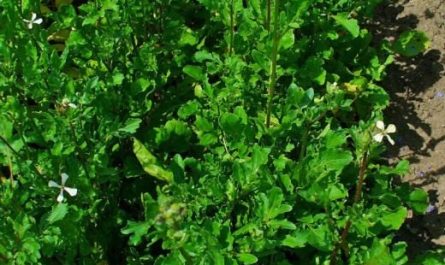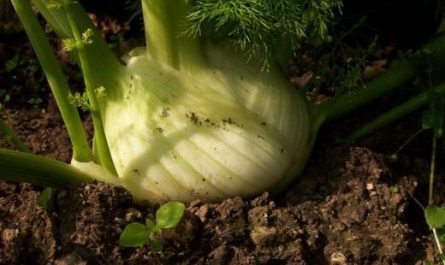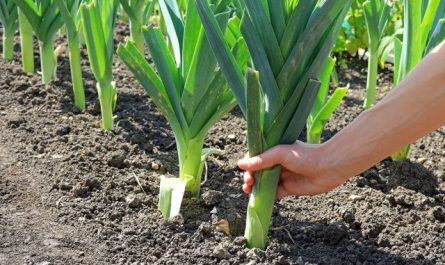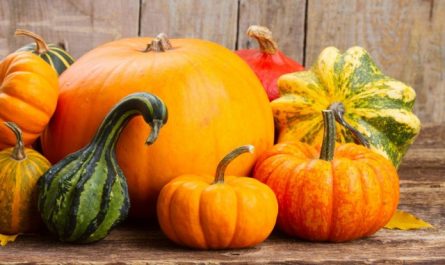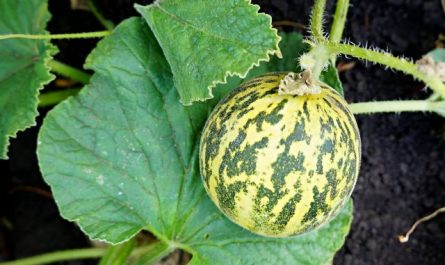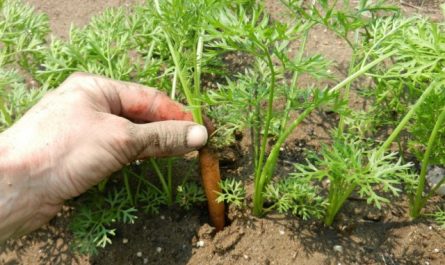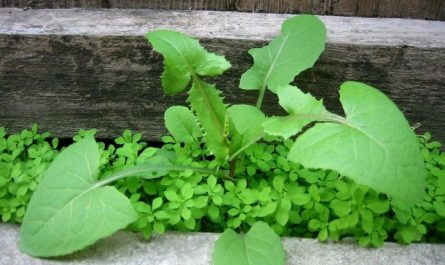Almost every gardener and vegetable grower who grows plants from seeds faces the problem of dense crops. In this case, the question arises of how to separate these small seedlings without ruining them. In this article, we will consider some methods for untangling dense seedlings before picking, as well as ways to reduce stress after transplanting.

Why is it important to thin out seedlings?
The size to which the plants will grow is largely determined by the size of the container they are growing in. Therefore, if you do not thin out and pick the seedlings in time, the plants will be small and stunted.
If you are growing vegetables, failure to thin and separate seedlings will result in low yields and weak, vulnerable plants.
The method of thinning or planting should be determined by your goals. If the plants were sown in large quantities, then the seedlings can be simply thinned out, that is, remove the excess shoots with scissors, cutting them off at the base. Moreover, if these are herbs or leafy vegetables, the cut seedlings are edible and will make up your first harvest. But if you want to grow a lot of seedlings, you will have to do some picking.
It is well known that the signal for picking is the presence of 2-3 true leaves. This is due not only to the fact that it is easier to work with grown seedlings. The fact is that when the seed has just sprouted, the plant is very fragile. Any damage to a small delicate root, stem or cotyledon leaves can be fatal. Therefore, picking should be done when the plant grows and becomes stronger.

How to divide seedlings?
There are two main methods for dividing dense seedlings whose roots have become intertwined. They can be divided into “dry” и “wet”.
“Dry” method. In order to simplify the division of seedlings, the soil in the seeding containers should be dried a little so that it becomes crumbly. To do this, stop watering a few days before the expected picking. It is important to pick before the seedlings begin to wilt, otherwise it will be more difficult for them to restore turgor after picking.
Before removing the seedlings from the container, massage the walls of the pot/cell where the seedlings are located. This will help loosen the soil. Then, use your hands to gently help the soil fall off the roots. If the planting was done in peat-based soil, then after drying, the soil becomes very crumbly and literally falls off the roots itself, then the plants can be easily separated from each other. After this, place a bunch of seedlings in a glass of water at room temperature, carefully take them out one by one and plant them in cups. Separation will happen very easily. If there are few seedlings and you plant them quickly, then they can be planted immediately, without additionally placing them in water.

“Wet” method. To do this, prepare a bucket of water. The water must be warm, fragile seedlings will be subjected to thermal shock when placed in cold water! Remove the plants from the container together with the root ball and immerse them in water. (You can immerse them with their heads, most seedlings will benefit from such a bath). Or fill the bucket only halfway, and the leaves will remain above the water. Wait 5-10 minutes. During this time, some of the soil will fall off the roots on its own. Shake gently, and even more soil will separate.
Wait another 5-10 minutes and shake them gently again. By this time, most of the soil will have come off and the roots will be untangled as if they were oiled.
Now, when you pull the seedling, it will easily separate from its companions. Thus, you can easily transplant it and, most importantly, without damaging the slightest root.



Symptoms of shock after picking
Unfortunately, even if you transplant plants very carefully, they can start to get sick after transplantation. “Transplantation” shock or shock after transplanting plants means that the plant was forced to activate survival mechanisms after being moved to new conditions. It manifests itself in wilting, yellowing, curling of leaves and even the death of some foliage. This is caused by the fact that the plant saves energy in every possible way so that the roots survive.
Most seedlings drop their leaves after transplanting, and this is completely normal. If you see your seedlings wilting or turning yellow, it does not necessarily mean you have done anything wrong. Most plants recover from the shock of transplanting, the main sign of recovery is the growth of new shoots and foliage. Remember that it takes about a week for the roots to establish themselves, and one to two weeks for new leaves to begin growing.
Badly damaged leaves will not recover – it is better to trim them as soon as you see new growth so that the plant can focus its resources where it is most needed.

How to cope with transplant shock in seedlings?
Every time a plant is repotted during active growth, it experiences some form of shock. Transplant shock can be fatal to a plant if it is not in the right conditions. Shock after picking is often unavoidable, especially in plants that do not tolerate repotting well. However, there are many things you can do to prevent shock from completely killing your seedlings.
Heat can cause serious harm to newly transplanted seedlings.. If possible, do not transplant it on a hot day. Wait for cloudy weather and transplant the plants during the day or evening so that they absorb the necessary moisture all night.
After picking, seedlings should always be kept in the shade.. To minimize the effects and risk of transplant shock, place newly transplanted seedlings in a shaded area for about a week after transplanting (at least three days). This is usually enough time for the roots to recover. An indicator that the plants can be taken out into the light is the complete restoration of foliage turgor.
If the seedlings were transplanted directly into the beds, then It is better to protect newly transplanted plants with dark agrospan or shading net, stretched, for example, on stakes.
Water thoroughly before and after repotting.. Waterlogging of seedlings usually leads to wilting and root diseases, so it is very important to water the seedlings abundantly after transplanting. If at any point during transplanting the root ball becomes dry, this will cause severe wilting and shock. Immediately after transplanting, water the seedlings well with water and continue to water them for the first week.
Watering your seedlings is the best thing you can do to ease transplant shock.Always check the soil moisture level at this stage.
Don’t be afraid to trim the plant.. While leaves are very important to a plant, foliage is constantly changing and regenerating. When transplanting seedlings, especially if they are overgrown, you can prune them so that the roots have fewer leaves to worry about. For larger plants like peppers, tomatoes, eggplants, squash, or cucumbers, this may mean trimming off the lower leaves. You can remove anywhere from a quarter to a third of the leaves. This does not harm the plant. In fact, it encourages more growth and helps the roots get established faster. If the seedlings are small and barely a month old, they will not have many leaves. During the shock of transplantation, some of these small seedlings will show signs of yellowing leaves, and these can be trimmed if desired. But in most cases, the plants will drop their wilted leaves on their own.
Don’t let plants get too big. You’ve probably heard that the larger the plant, the better it will resist pests and diseases, and this is partly true. However, when it comes to replanting plants, you can often see that young seedlings take root better than mature plants. This is especially true for cold-hardy crops. Small, healthy seedlings will quickly catch up and overtake earlier crops that have grown too large.
Spray your plants with growth and immunity stimulants. This will help them cope with the shock of picking. For example, with such preparations as “Epin-extra”, “Stimul”, “Zircon”, “Amber acid”, “NV 101”. It is better to apply root dressings no earlier than 2 weeks after picking.
